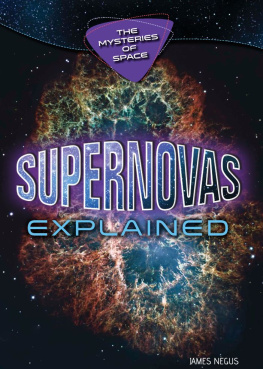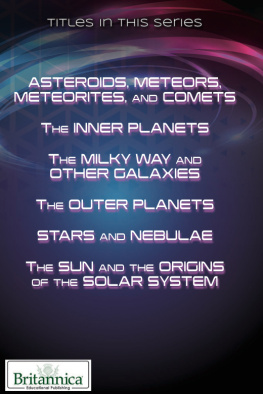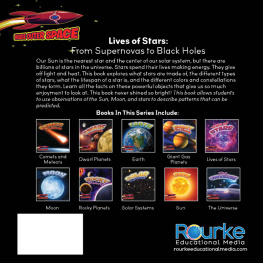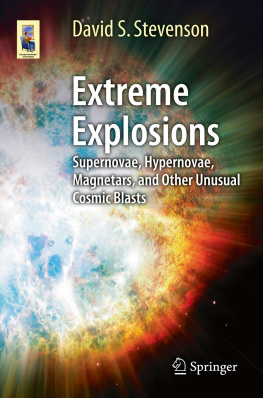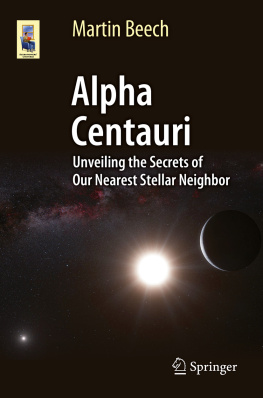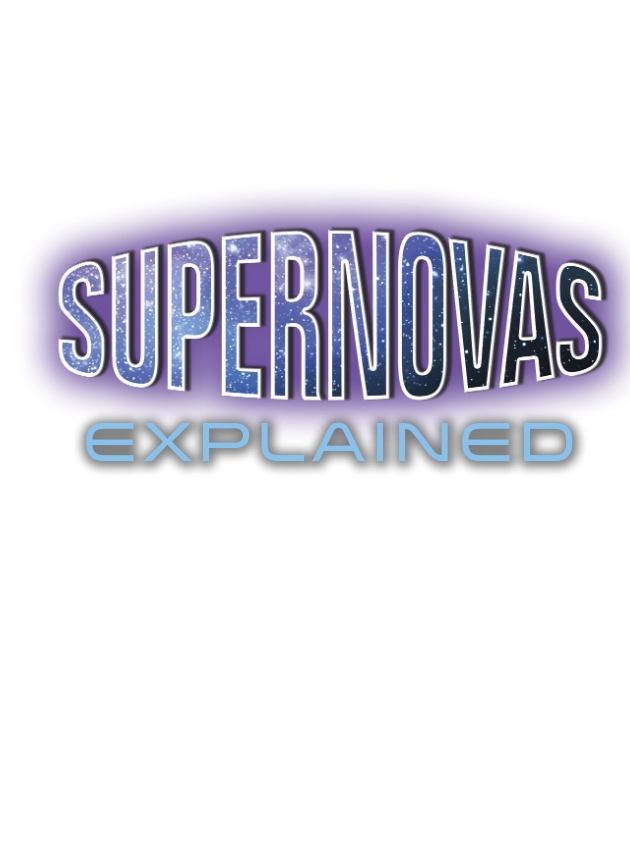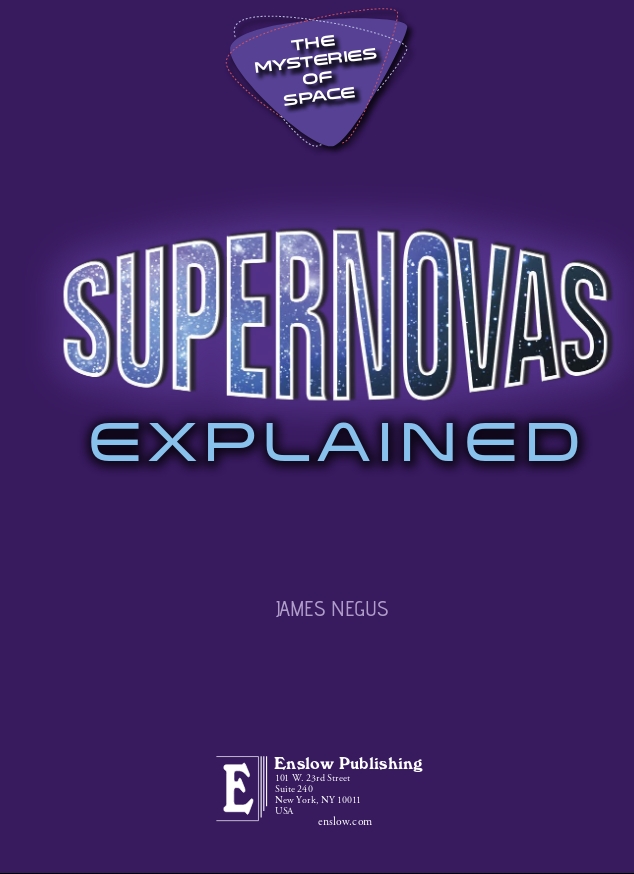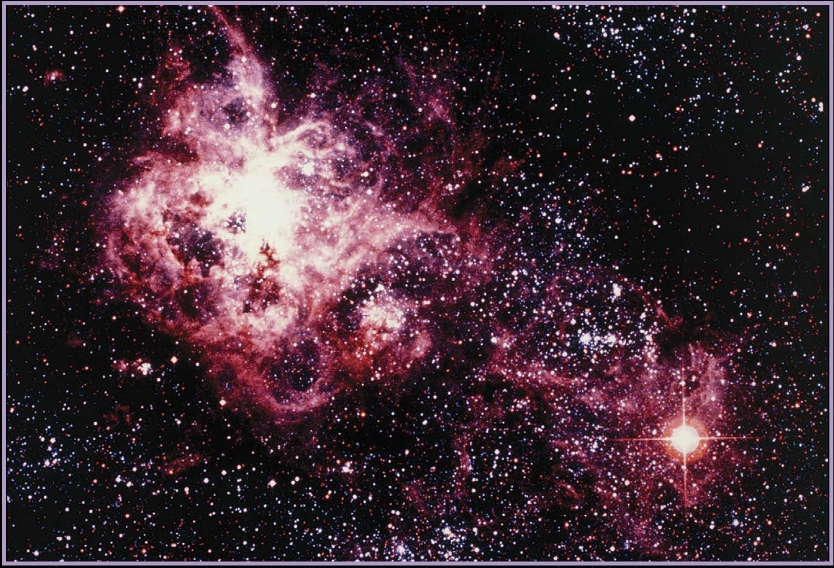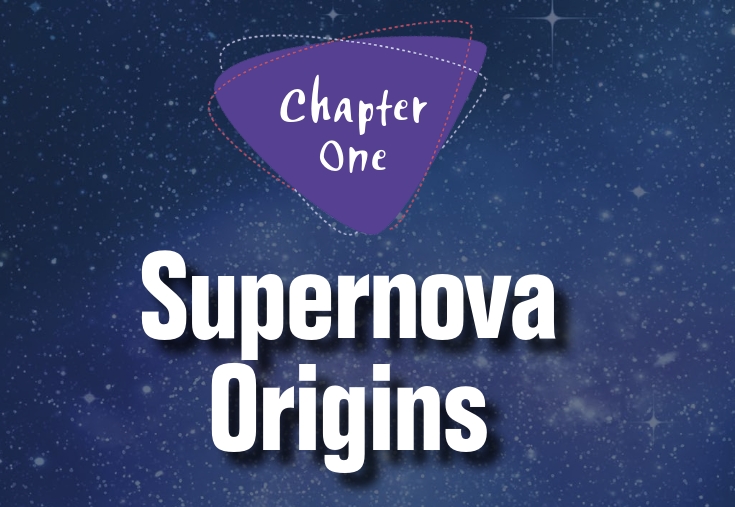Published in 2019 by Enslow Publishing, LLC.
101 W. 23rd Street, Suite 240, New York, NY 10011
All rights reserved.
No part of this book may be reproduced by any means without the written permission of the publisher.
Names: Negus, James, author.
Title: Supernovas explained / James Negus.
Description: New York : Enslow Publishing, [2019] | Series: The mysteries of space | Audience: Grades 7 to 12. | Includes bibliographical references and index.
Identifiers: LCCN 2018016634| ISBN 9781978504585 (library bound) | ISBN 9781978505599 (pbk.)
Subjects: LCSH: SupernovaeJuvenile literature. | StarsEvolutionJuvenile literature. | Cosmology-Juvenile literature.
Classification: LCC QB843.S95 N44 2018 | DDC 523.8/4465dc23 LC record available at https://lccn.loc.gov/2018016634
To Our Readers: We have done our best to make sure all websites in this book were active and appropriate when we went to press. However, the author and the publisher have no control over and assume no liability for the material available on those websites or on any websites they may link to. Any comments or suggestions can be sent by email to .
Photo Credits: Cover Festa/Shutterstock.com; p. 5 d1sk/Shutterstock.com; p. 7 Celestial Image Co./Science Photo Library/Getty Images; p. 10 Mansell/The LIFE Picture Collection /Getty Images; p. 12 Print Collector/Hulton Archive/Getty Images; p. 15 Bettmann/Getty Images; p. 19 K.Muller/Moment/Getty Images; p. 20 julie deshaies/Shutterstock.com; p. 26 Mopic /Shutterstock.com; p. 28 Designua/Shutterstock.com; p. 31 Fahad Sulehria/Stocktrek Images /Science Source; p. 34 sciencepics/Shutterstock.com; p. 36 yaruna/Shutterstock.com; p. 39 AFP/Getty Images; p. 42 Peter Hermes Furian/Shutterstock.com; p. 47 The Asahi Shimbun /Getty Images; p. 50 Science Photo Library/NASA/ESA/STSCI/J.Hester & A.Loll, ASU/Brand X Pictures/Getty Images; p. 53 Mark Garlick/Science Photo Library/Getty Images; p. 55 Catmando/Shutterstock.com; p. 58 John Chumack/Science Source; p. 65 QAI Publishing /Universal Images Group/Getty Images; back cover and interior pages sdecoret/Shutterstock.com (Earths atmosphere from space), clearviewstock/Shutterstock.com (space and stars).
Chapter One
Supernova Origins
Chapter Two
Stellar Creation and Destruction
Chapter Three
Stellar Variety
Chapter Four
Cosmic Influence
Chapter Five
Peering into the Universe
Chapter Six
Remnant Core
Chapter Seven
Celestial Expansion
Chapter Eight
Luminous Horizon
B rilliant light emanating from a distant, unidentified cosmic source inexplicably appeared in an image taken during the summer night of February 23, 1987. Eighty-two hundred feet (2,500 meters) high in the southern Atacama Desert of Chile, Canadian astronomer Ian Shelton was analyzing the Milky Ways closest galactic neighbor, the Large Magellanic Cloud, at the Las Campanas Observatory. While inspecting the galaxy, he noticed a peculiar bright source of light that he could not account for.
The source of Sheltons discovery would eventually be identified as the remnants of a stellar explosion that erupted 168,000 years ago; it was the closest exploding star observed in the past four hundred years.1 The astronomical community would soon name this stellar eruption Supernova 1987A, one of the most referenced supernovas to date.
A supernova event indicates the recent death of a star slightly more massive than our sun. During each occurrence, the matter contained within the outer layers of a star is brilliantly ejected into space. And for the most massive stars that trigger supernovas, light from these events can briefly outshine entire galaxies!
The source of these extremely luminous events primarily stems from nuclear reactions, which are interactions that occur between the nuclei of multiple atoms within the core of massive stars. Specifically, in the core, the most common elements in the universe, such as hydrogen and helium, are compressed together due to the gravitational forces of a star. As these elements combine, or fuse, heavier elements are produced and excess energy is generated in the process. This energy is then emitted outward from the stellar core and plays an essential role in ensuring the stable nature of a star. Particularly, the outward energy counteracts the inward gravitational force of the star to create what astronomers term hydrostatic equilibrium.
Supernova 1987A [lower right) resides within the Larqe Maqellanic Cloud, a small qalaxy nearly 170,000 light-years from the Milky Way. The supernova became visible in 1987 and was the closest observed supernova since 1604.
However, as a star ages and continues to fuse heavier elements, a threshold is met where no further combination of elements can occur. At this stage, the gravitational forces acting on the star can no longer be balanced with the outward energy generated from the fusion of elements. As a result, the core collapses in on itself. The matter within the star then contracts inward before bouncing off the core and ejecting out into space, leaving behind a dense stellar core. Depending on the mass of this core, several fascinating creations, such as neutron stars or stellar black holes, may be formed.
Comparatively, when two stars orbit one another, and one is an extremely dense white dwarf star, which is the remnant core from a low mass star that has already reached the end of its lifetime, a supernova event can also occur. Particularly, matter can accumulate on the white dwarf from the companion star and trigger the event.2
In general, supernova events are typically perceived as being destructive in nature, considering how most of the contents of a star are intensely spewed into the cosmos during the process. However, these cosmic explosions serve a vital role for creation in the universe; from these powerful eruptions, the raw ingredients for life and all naturally occurring elements known are produced and scattered throughout the deepest pockets of space.
These powerful explosions that occur throughout the universe serve as primary observational targets for astronomers across the globe. With the aid of the Hubble Space Telescope and the Chandra X-ray Observatory, two of the most advanced instruments utilized to study supernovas, scientists are being equipped to fully analyze these astonishing stellar bursts with the hope that further insight into their role within the universe will be understood.3
T he study of the cosmos dates back to the worlds earliest civilizations. This is chiefly because one can engage in astronomy with only the naked eye. As a result, it is unsurprisingly one of the oldest natural sciences in human history. Among the earliest civilizations, the ancient Indians, Greeks, Babylonians, Chinese, Egyptians, and Mayans actively participated in studying the motion of celestial objects in the night sky.

